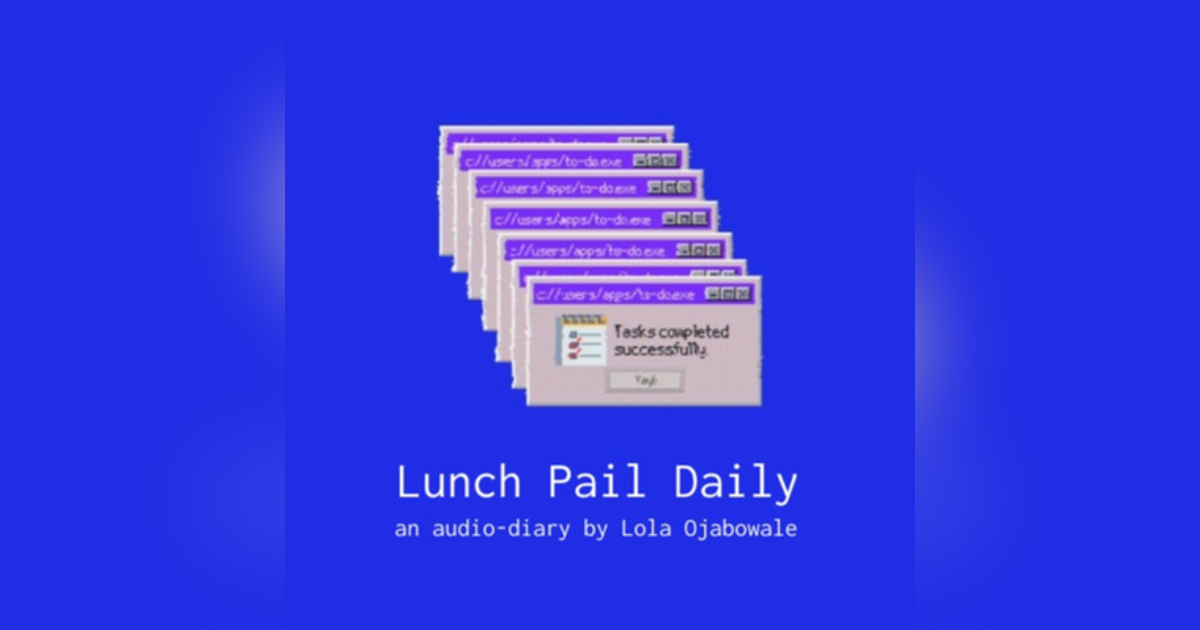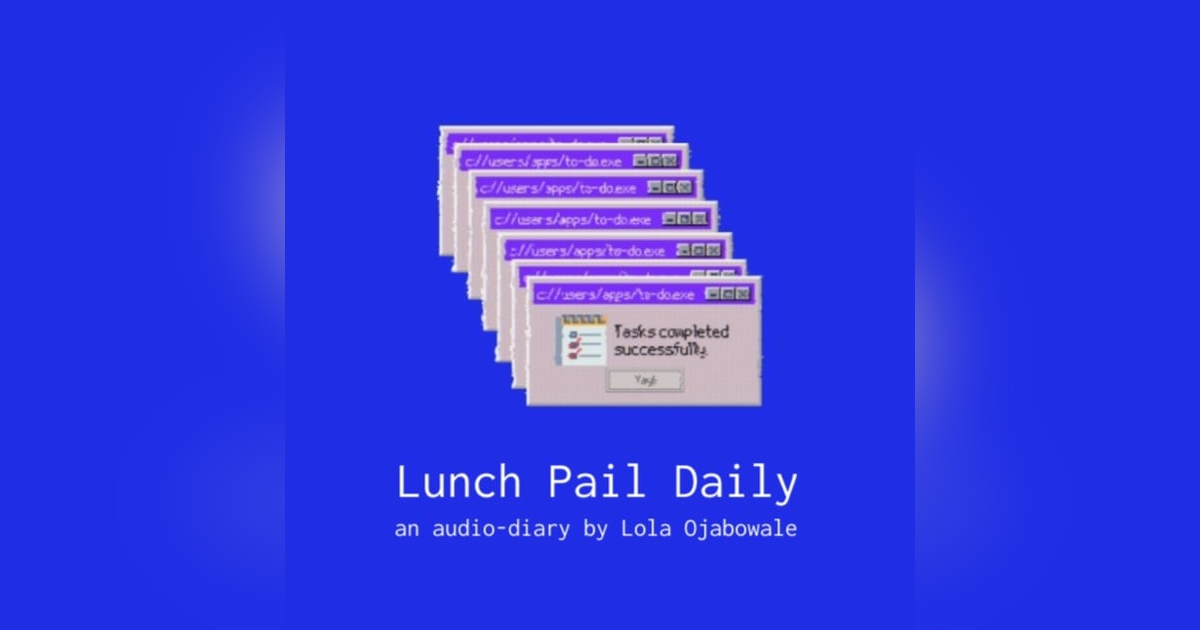#233 —🙊 4 storytelling frameworks

What's up everybody? This is Lola Ojabowale, founder of Lunch Pail Labs. Welcome back to Lunch Pail Daily, my personal audio diary on building and growing Lunch Pail Labs, which is a digital product studio based out of Atlanta, Georgia. In today's episode, we're gonna jam about storytelling frameworks, which is something I'm trying to put more into practice currently applying these principles to a client project. So it's a little bit of this episode will be a little bit of a learn with me today. So three frameworks to help organize the stories you tell about your companies and products.
The first one is the story spine. It is a Disney and Pixar staple, and the basic structure for a lot of Disney and Pixar movies. It follows the format, once upon a time, dot, dot, dot, every day, dot, dot, dot, but one day, dot, dot, dot, because of that, loop that around three times until finally, dot, dot, dot, and ever since then, and if you look at a lot of Disney, Pixar movies, the helpful format for kind of like organizing, you can see how they've organized a lot of those stories. It's a compelling storytelling strategy that you can apply. I definitely see how this works with brand. But I think you can also apply to things like tutorials, I can probably even apply it to some of these podcast episodes, blog posts, creating stories.
The next is the story circle. This one is by Dan Harmon, he's the creator of Rick and Morty. He also created this distilled version, of the much larger hero's journey by Joseph Campbell. And it's just a useful way to tell the journey of a protagonist and hero for your brand. That is usually your customer for tutorial, it's your learner, or learners the hero, and it follows this format, it's kind of like a it's a circle, starting with the EU, sort of the the, the main character, they need something. So they go on this journey, they search for it, they find it, they take it return to their original state, and there are returned to their original place changed. And that's the kind of, you can kind of see how teaching somebody new, given them a product that solves a problem can all kind of fit into this way you might tell their story.
And then the last major one that I think most closely relates to how your product might share its story. It makes it some of the frameworks above. And it is starting with a character with a problem he meets a guide. So as opposed to it being it's like more hero driven. It's this guy that kind of helps guide or mentor that helps them who gives them a plan that guide or mentor being your business. Your product is tutorial, who gives them a plan and calls them to action that results in success.
And another sort of like bonus one that I found that I think really more so relates to how to answer interview questions, but I think it drives with a lot of things is this context action results. Sounds like a more boring way to tell stories better, but I guess straightforward. But context, you set up the what who, what, why, when of why folks are here, they're taking some action, that action could be buying your product, taking this tutorial, etc. And you show them the results of that.
But talking through this is kind of interesting, I can already see for this one project, how I'll probably apply the story circle or the story brand framework, especially with like, how I set things up. And that's really much a wrap. I think telling stories in this way can help Tenex their effectiveness. And this is where I could also go to some sources that are already really good at this especially in like a no code tutorial type content way. Hey, oh Webflow and tease out how they're putting some of this together. So that's really it for me today. I hope you all have a wonderful Wednesday and I will catch you all later.






